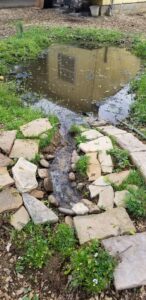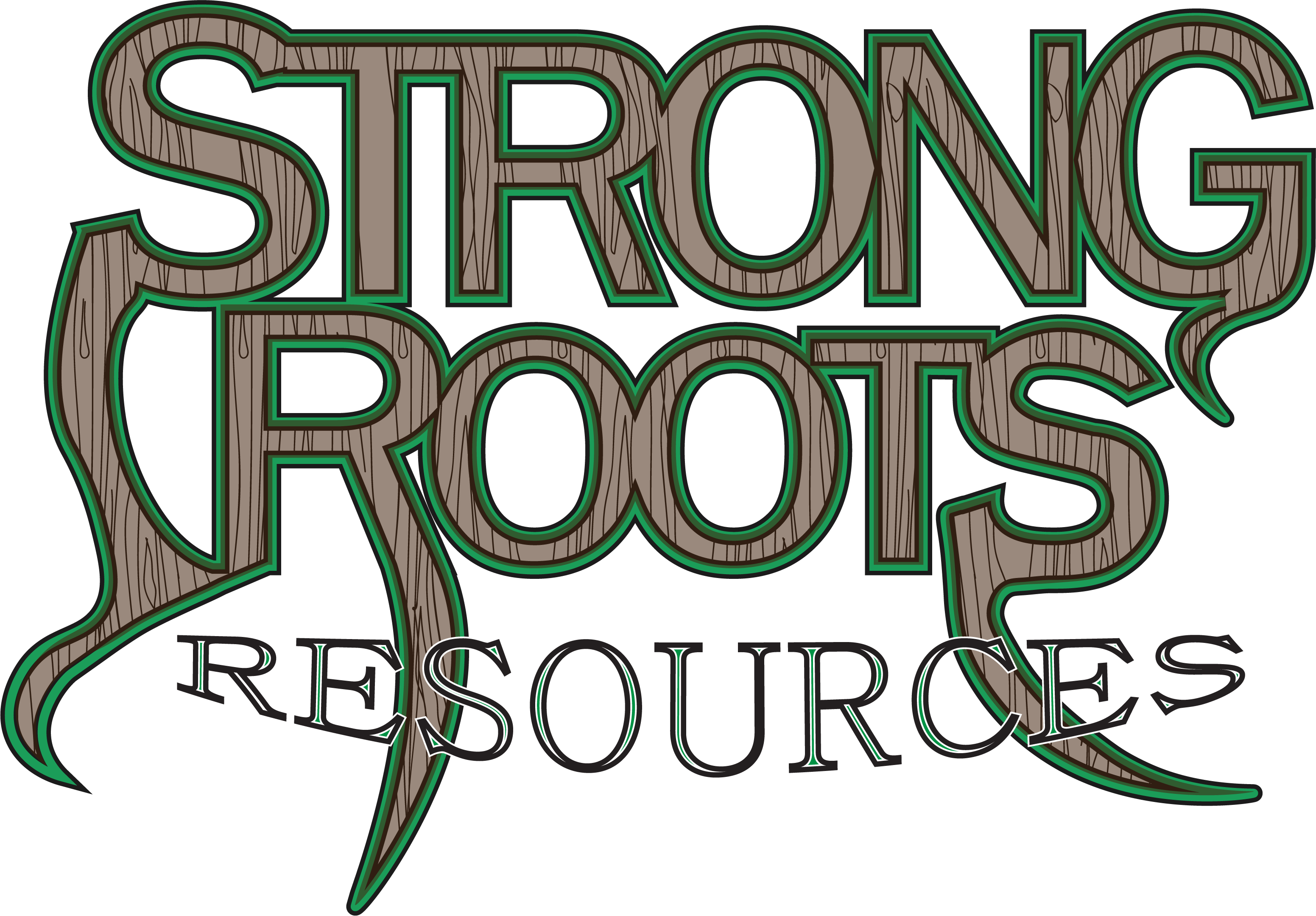
Water finds a way. Especially in an urban environment with excessive runoff from paved areas and poor grading, water finds a way into the least preferred places, like in a crawlspace.
Not long after we purchased our urban lot, we experienced heavy, enduring rain. Something to the tune of 4 inches in 24 hours and somewhere on an old phone of mine, there’s a photo of water in my backyard deep enough to launch a canoe in.
That wasn’t a good day.
It turned out that our yard sat in a bowl, with the water from several households coming our way. Looking back, I wish I’d noticed that sooner.
Over time, by mulching and building up the soil, we had improvement but it still wasn’t a solution. Eventually I just decided to dig a pond. So for about ½ of the winter here and well into spring, that pond (which measures about 15 feet x 10 feet and sits about 3 feet deep) holds water that would otherwise be running towards my house. A sump pump built on a shelf about a foot below the waterline runs as needed, discharging the water to the alley drain, which I have to maintain to keep free of debris.
The sustainable or permacultural approach advises to address excess water by:
- slowing the speed at which it moves which reduces the damage it can cause via erosion
- spreading it over a wider area (where it won’t cause damage, so don’t direct it into your neighbor’s yard) and by
- sinking it into the ground. This is where raised beds, huglekulture and similar methods of building soil health are useful.
This is all achieved by building water gardens, ponds, ditches and swales and installing rain barrels or other catchment systems.
In an urban area you have to be able to assess what’s going on in your neighbor’s yards and where there’s paved areas close to you in order to take some steps. You may need to be willing to perform drain maintenance even if it’s not on your property. Get permission first of course.
City engineers may also be helpful. Check with the stormwater management folks for their input. In Knoxville (and other municipalities probably have similar programs) there’s a certification program called Tennessee Smart Yard that homeowners can complete. It addresses water management, appropriate and sustainable planting and habitat preservation/establishment. Even if you’re not in the Knoxville area, the program is worth following. https://tnyards.utk.edu
If you have a major water problem, expect it to take some time and a variety of methods to improve the situation. We’ve had similar rain events since I put several management methods into place and while the yard still would flood, it would not remain flooded for several days post-rain. Take plenty of time during the evaluation process so you don’t waste money and time making slap-dash fixes. It’ll pay off.
